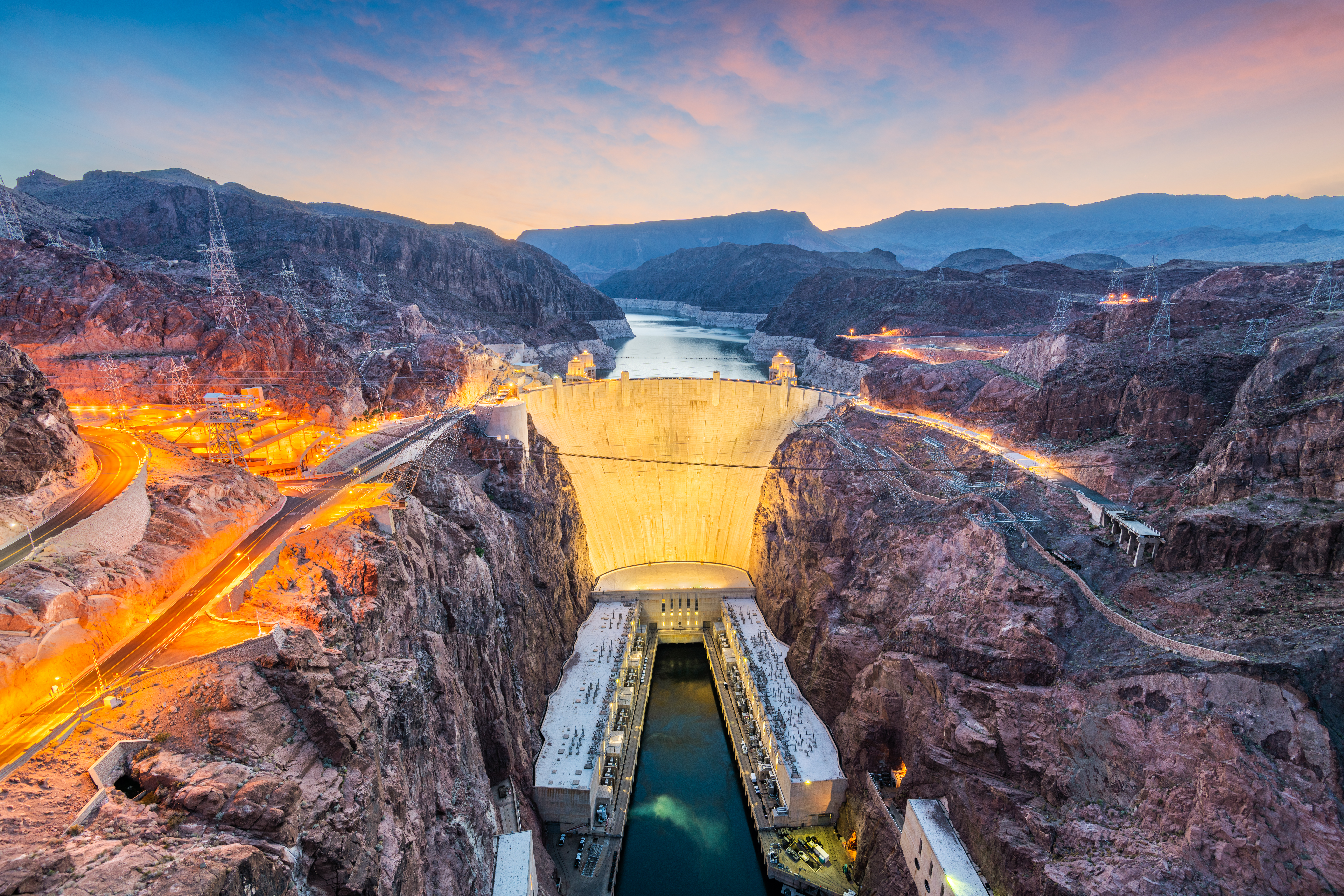
July 1, 2025
WRA Mini Pod: What’s Happening on the Colorado River?
Learn how the negotiations to manage the water on the Colorado River are going.
Want to listen on a different platform? Please join us and subscribe on Spotify, Amazon Podcasts, Youtube, Apple Podcasts, or wherever you listen to podcasts to stay up to date with our latest episodes. You can also always search for 2 Degrees Out West wherever you like to listen.
We’d love your feedback so we can continue to make our podcast the best it can be. Leave us a review!
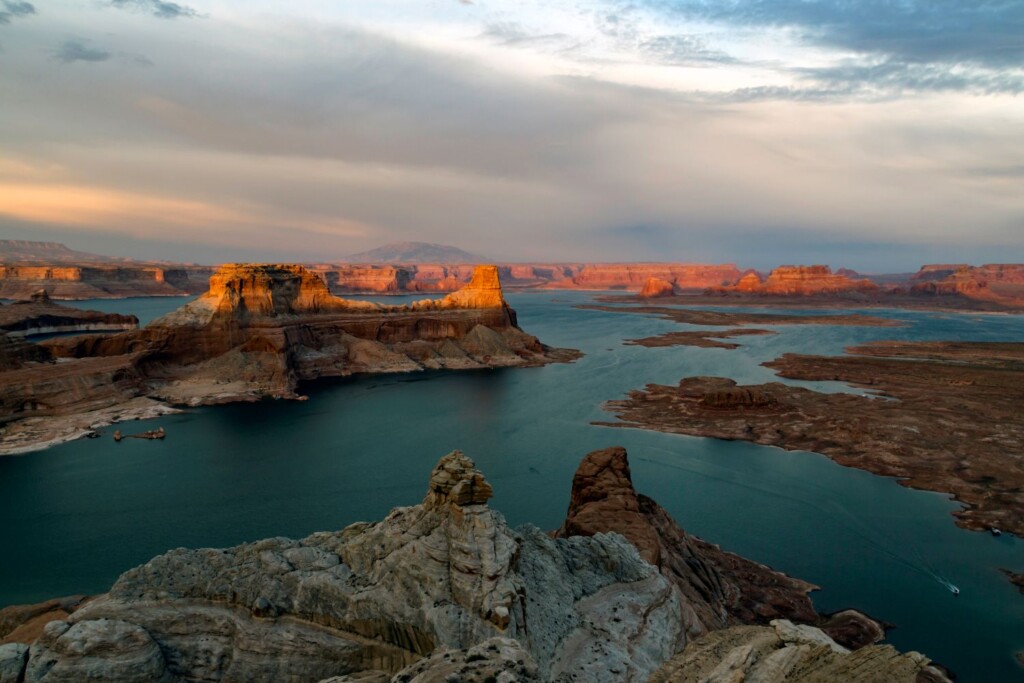
In 2022, the water levels in Lake Powell dropped so low that experts worried the Colorado River wouldn’t be able to flow past Glen Canyon dam. This situation is called deadpool, and it’s one of many concerns surrounding a drier and hotter Colorado River.
All forecasting points to another dry year for the basin – this is expected to continue over the long term as climate change affects the West. If you’re following the news around the Colorado River, you might know that we’ve come to a serious decision point. The river is getting drier while our use has only grown over time.
The current guidelines that manage the water in the river expire in 2026 – leaving the door open to create new guidelines that better manage the river and its drinking water supply into the future.
We talked a little about the future of the river with Kevin Fedarko back in January. So how are things going now?
There's so much uncertainty with what's going to happen in the future with this river. We have to be flexible in responding to changing conditions. What we would like to see is a robust set of flexible tools and programs that can respond to conditions that are ever changing and sometimes unexpected.
WRA is engaged in the process to create real solutions that consider the health of the river and the long-term sustainability for our communities.
Right now, the seven Colorado River Basin States are talking about these guidelines, but they haven’t made much progress. We had a conversation with one of WRA’s experts on the Colorado River – John Berggren. John has been deeply involved in the work to create new guidelines.
He gives a quick update about the state of our snowpack in the West, where the negotiations on the river are at, and what we need to see in the future to sustain a healthy Colorado River.
On this Two Degrees Out West Mini Pod: How are the Colorado River negotiations going?
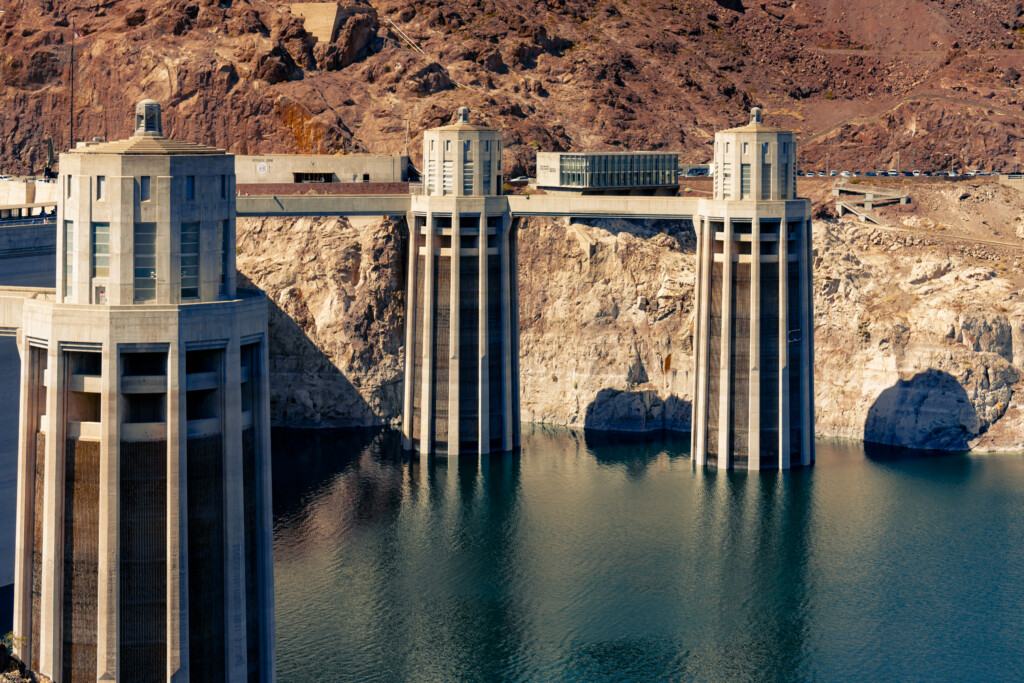

John Berggren, Ph.D.
John is a regional policy manager with WRA, where he develops and advances equitable policies to improve regional and inter-state water governance and management in ways that benefit rivers and the communities, recreation opportunities, and environment they support. Using his deep knowledge of Western river and water issues, he collaborates with conservation community partners, water providers, federal and state agency staff, and other decision makers to further the next generation of water management strategies.
A key focus for John is pushing policies and governing practices surrounding the Colorado River Basin to be more inclusive, equitable, and responsive, especially in the face of climate change. He works closely with colleagues and stakeholders to provide innovative ideas and suggest new ways to better manage the river to benefit the waterway itself and ensure rivers and the environment are considered in local, state, and federal decision making.
He also does extensive work to further integrate water with land-use planning and help communities become as water efficient as possible. As the Colorado River Basin is home to some of the fastest growing states in the country, he publishes reports and guidebooks, conducts outreach, and provides on-the-ground support to encourage water-efficient development. In addition to providing direct assistance to interested communities, he also supports the Sonoran Institute and Babbitt Center for Land and Water Policy in facilitating workshops for municipalities, after which attendees leave with a tailored one-year action plan to meet their water-saving goals.
One of his proudest accomplishments while at WRA is partnering with the Babbitt Center and Utah State University to expand that Growing Water Smart workshop program to Utah after securing a grant from the state and collaborating with local stakeholders.
Full Transcript
[00:00:00] Dave Papineau (Host): In 2022, the water levels in Lake Powell dropped so low experts worried the Colorado River wouldn’t be able to flow past Glen Canyon Dam. This situation is called Deadpool, and it’s one of many concerns surrounding a drier and hotter Colorado River. All forecasting points to another dry year for the basin.
[00:00:20] This is expected to continue over the long term as climate change impacts the west. If you’ve been following the news around the Colorado River, you might know that we’ve come to a serious decision point. The river is getting drier. While our use has only grown over time, the current guidelines that manage the water in the river expire in 2026, leaving the door open to create new guidelines that better manage the river and a drinking water supply into the future.
[00:00:47] We talked a little about what the future for the river could look like with Kevin foro back in January. So how are things going now? WRA is engaged in a process to create real solutions that consider the health of the [00:01:00] river and the long-term sustainability of our communities. Right now, the seven Colorado River Basin states are talking about these guidelines, but they haven’t made much progress.
[00:01:09] I had a conversation with one of WRA experts on the Colorado River, John Bergman. John has been deeply involved in the work to create the new guidelines. He answered some of my questions about the state of our snowpack in the West, where the negotiations on the river are going, and what we need to see in the future to sustain a healthy Colorado River on this two degrees out West Mini Pod.
[00:01:30] How are the Colorado River negotiations going?
[00:01:39] John Berggren, PHD: Yeah, my name is John Bergen and I’m a regional policy manager for Western Resource Advocates. And I help lead our Colorado River work. My background is in, in Colorado River policy. I went to grad school for environmental studies and studied the Colorado River for many years. And then I’ve been lucky enough to work with WA for the last seven years.
[00:01:56] And really spending a lot of time on the Colorado River.
[00:01:59] Dave Papineau (Host): [00:02:00] First, I wanted to learn about the snow packing the Colorado River Basin. How much water do we actually have this year?
[00:02:08] John Berggren, PHD: So to, to answer that, you kinda have to put this year in context. Which is basically, we have an over appropriated river since the, since it was originally divvied up just over a hundred years ago.
[00:02:19] And then we have, pretty significant water supply and demand imbalances for about the last 20, 25 years. And what that actually means is just your demand on the river is more than the supply. And how you see that play out is the drawdown of the two biggest reservoirs on the Colorado River Lake Mead and Lake Powell.
[00:02:38] They’re actually the two when full, the two largest reservoirs in the country. And they’re both sitting in about a third full right now. And that’s again, in as a result of climate change, drought in, and overuse and demands that are greater than supply. And so with that context, this year’s snowpack started off to a decent start.
[00:02:58] We were actually for a lot of the year, [00:03:00] especially in the upper basin, the higher parts of the basin, looking at about average snowpack. Which is good, and we were happy about that. But since the last couple months, month or so, as the snow started to melt and started to run off, we’ve actually seen a decline in what is making it into the river.
[00:03:16] And so right now, the projections we use these federal agencies to look at stream flow forecasts. And the projections went from, average snow pack, but maybe 70% of average inflow into Lake Powell to. 65% of average when you’re already facing the long-term systemic challenges that I just mentioned.
[00:03:37] And your reservoirs are only a third full. You don’t want a year where your runoff is actually looking pretty poor. And just over a half of of average is now expected to reach Lake Powell later this summer.
[00:03:50] Dave Papineau (Host): None of that is good news for the Colorado River or the 35 million people that depend on it.
[00:03:56] When you consider the long-term trends of a West that’s getting hotter and drier [00:04:00] to the impacts of climate change, some serious concerns arise. John explained how climate change is impacting the Colorado River over the long term.
[00:04:09] John Berggren, PHD: This type of year where we saw maybe close to average snowpack, but we’re seeing much lower than average runoff is a good example of the impacts of climate change here in the West for a variety of reasons.
[00:04:20] Average snow packs are not translating into average runoffs anymore, and so we can expect more years like this. And what that means in practice is. No longer is it sufficient to get an average year snowpack to really help our rivers and build storage in the reservoirs. You need a above average snowpack to get decent flows into the river and into the reservoirs, and so I.
[00:04:42] It just highlights, this is a challenge that we’re facing now, and as things continue to warm as expected, we’re going to further face these challenges and they may get worse as things heat up. And you see all the impacts from climate change on things like runoff efficiency to [00:05:00] snow sublimation to, groundwater or sorry, to soil moisture impacts and just a lot of the things we’re seeing as a result of climate change,
[00:05:08] Dave Papineau (Host): all of these terms, like runoff, efficiency sublimation and low soil moisture basically mean one thing, less snow melt makes it into the river. John explained how that works.
[00:05:19] John Berggren, PHD: So variety of things.
[00:05:20] It’s, we’re seeing the runoff when the snow actually starts to melt is happening a few weeks earlier than historically it would, and that is again, to due to warming temperatures. And when you when your snow melt happens earlier, the vegetation starts growing earlier, and with that comes demand, basically it’s called evapotranspiration, but it’s demand from the snow melt and the water that is melting off it.
[00:05:44] And if the earlier you do that, the more plants have a chance to grow, they evaporate that water. And that is lost to the system. It no longer flows off into the river. So that’s one way it’s impacted. The other challenge is soil moisture and what we’ve seen in recent years is. Our [00:06:00] soil is getting drier.
[00:06:01] And what that means is when you do have that runoff from the snow pack melting that soil actually acts like a sponge and it soaps it up and it doesn’t, and again, so it doesn’t run off into the rivers, it actually gets soaked up by the soils. And so if you have earlier snow melt, you have less efficient snow melts and you have pretty dry soils.
[00:06:20] All are, all that translates to is, the, again, an average snow pack not becoming an average runoff, but much below average runoff.
[00:06:28] Dave Papineau (Host): It’s a dry year in the west, but as we mentioned, this is a significant year on the river for other reasons as well. John explained how the negotiations to govern the river’s water supply play into all of this.
[00:06:40] John Berggren, PHD: So there’s a multi-year negotiation underway to replace a set of guidelines for how the. Two main reservoirs, lake Pal, lake Mead are operated. Those guidelines were originally put in place in 2007, and they were interim, so they were a 19 year deal in the expire at the end of this year. [00:07:00] And new guidelines need to be in place by the time we plan the following years operations.
[00:07:05] So the new guidelines need be in place August of 2026, roughly. And so the, there’s a federal. NEPA process underway to develop those new guidelines and, the Bureau of Reclamation is leading that. So that process basically is currently evaluating a set of alternatives or different operating regimes for the river.
[00:07:27] And their goal is to proof a, to produce a draft environmental impact statement later this summer or fall. And then also the seven US Basin states are also negotiating. Their proposal their. Way, their idea for a new set of guidelines. And so those nega negotiations are underway as well.
[00:07:45] Like I said, new guidelines need to be in place by. Late summer 2026. And so just working backwards from there of what needs to be done between a final record of decision, a fin, a final environmental impact statement, all sorts of [00:08:00] side agreements, draft, environmental impact statement, public comment.
[00:08:03] All that is a tight time frame. It’s. It’s moving for now. We hope those conversations stay productive and we’re able to get to a a comprehensive set of guidelines by next year.
[00:08:14] Dave Papineau (Host): The good news is there’s a way forward, WRA and our partners have a series of solutions that we wanna see implemented in the new guidelines.
[00:08:22] These solutions consider the health of the river and the long-term sustainability of the system.
[00:08:28] John Berggren, PHD: We think there’s a variety of things that you could add to, a preferred alternative, which ba basically, which just means the alternative that the Bureau of Reclamation is selected for the new guidelines ways to incorporate environmental values into those new guidelines.
[00:08:41] Things like. Being proactive with your reservoir management, considering actual hydrology, what’s flowing in the river is a way to help determine those reservoir operations. Finding ways to be responsive to climate change and not just looking at. Reservoir elevation levels as your indicator for [00:09:00] operations, but actually responding to changing hydrology is that as that continues, finding ways to embed environmental stewardship into all aspects of the guidelines from how you determine operations to benefit.
[00:09:12] The Grand Canyon and its ecosystem how you operate the system to benefit flows in the upper basin, in the mainstream Colorado and some of the bigger tributaries all the way down to the Colorado River, Delta and Mexico, and how to incorporate considerations of the environmental impacts down there.
[00:09:28] With everything I’ve talked about with climate change the. There’s so much uncertainty with what’s gonna happen in the future with this river. We have to be flexible in responding to changing conditions. And so what we would like to see is, a robust set of flexible tools or policies or programs that can respond to these conditions that are ever changing and sometimes unexpected.
[00:09:50] And so if we can develop ways to incentivize conservation and then also. Take advantage of that conserve water to help benefit environmental flows and protect [00:10:00] infrastructure and respond to these changing conditions. Any of those flexible, innovative tools are things that we would love to see in the new guidelines.
[00:10:08] Dave Papineau (Host): The trouble is there’s not a lot of time left to figure out these guidelines. John says the time is now and the states need to come together on an agreement as soon as they can. He explained what that tight timeline looks like.
[00:10:20] John Berggren, PHD: So it’s continued negotiations between the seven basin states. Negotiations between the US and Mexico will also happen over that time.
[00:10:28] And then also reclamation the Bureau of Reclamation moving forward with the NEPA process. And so over the next this, they’re spending this summer analyzing a set of alternatives that they announced late last year. And then they’ll produce a draft environmental impact statement, which basically evaluates and models the impacts of those various alternatives on environmental resources throughout the basin.
[00:10:50] There’ll be a public comment period after the, that draft is released, and then they’ll develop a final environmental impact statement, which will include the preferred alternative, which is [00:11:00] basically their, what they’re moving forward with in terms of new guidelines. Shortly after that, they develop a record of decision, which is basically the final policy.
[00:11:07] And that goes into place. And then, like I said, there’s a variety of side agreements. There’s some legislation that needs to happen in certain boards and other elected offices throughout the basin also need to sign off on it. So there’s a lot going on and it’s definitely a time crunch, but we hope it’s doable in a way that does consider.
[00:11:27] I talked about earlier the what WA wants to see, which is really a a robust consideration of environmental values and how to incorporate environmental values into these new sets of guidelines.
[00:11:42] Dave Papineau (Host): The decisions made in the coming months will be critical for the future of the Colorado River and the 35 million people that depend on it. If you would like more detail on what ideas we have to better manage the river, you can check out the links in our show notes. If you’d like to hear that previous podcast with Kevin Narco, I’ll [00:12:00] also put that in the show notes.
[00:12:01] Are you inspired or curious about our work? WRA is supported by individuals like you. We work on the state level to see action and policy that protects the land, water, and air of the west To help us continue with this work, visit the link in our show notes.
[00:12:19] Lastly, WRA would like to thank our sponsors who help make our work possible. Our Champion sponsor is First Bank. Our signature sponsors are Denver Water Torch, clean Energy, Scarpa, goco, and Southwest Energy Efficiency Project. Our supporting partners are GOCO BSW, wealth Partners, Meridian Public Affairs Group 14, engineering and Kind Design.
[00:12:43] Thank you for listening.
Please consider leaving a review after listening so more people can find our podcast. Also, please check out the further reading list below to check out all of the articles and resources that we mention throughout the episode.
2 Degrees Out West is a podcast from Western Resource Advocates, a regional non-profit organization fighting climate change and its impacts to support the environment, economy, and people of the West. WRA works across seven states to protect our climate, land, air, and water.
2 Degrees out West is a podcast for advocates and decision makers who want to fight climate change and its impacts across the West.
On 2 Degrees Out West, we talk with climate experts and advocates to bring you stories, experiences, and insights from their work in the places we call home.
WRA Mini Pods are quicker, educational shorts to keep you in the loop on key issues in the West. We want to bring you information in a digestible format about the most relevant issues we’re dealing with.
It is hosted by Dave Papineau.
Want to be part of 2 Degrees Out West?
- Email us with thoughts, suggestions, and interviewees at dave.papineau@westernresources.org.
- Follow us @westernresourceadvocates on Instagram.
- Join our email list to stay updated on when new episodes are released and calls to action on how you can help the West.
- Leave a review and share with friends!
